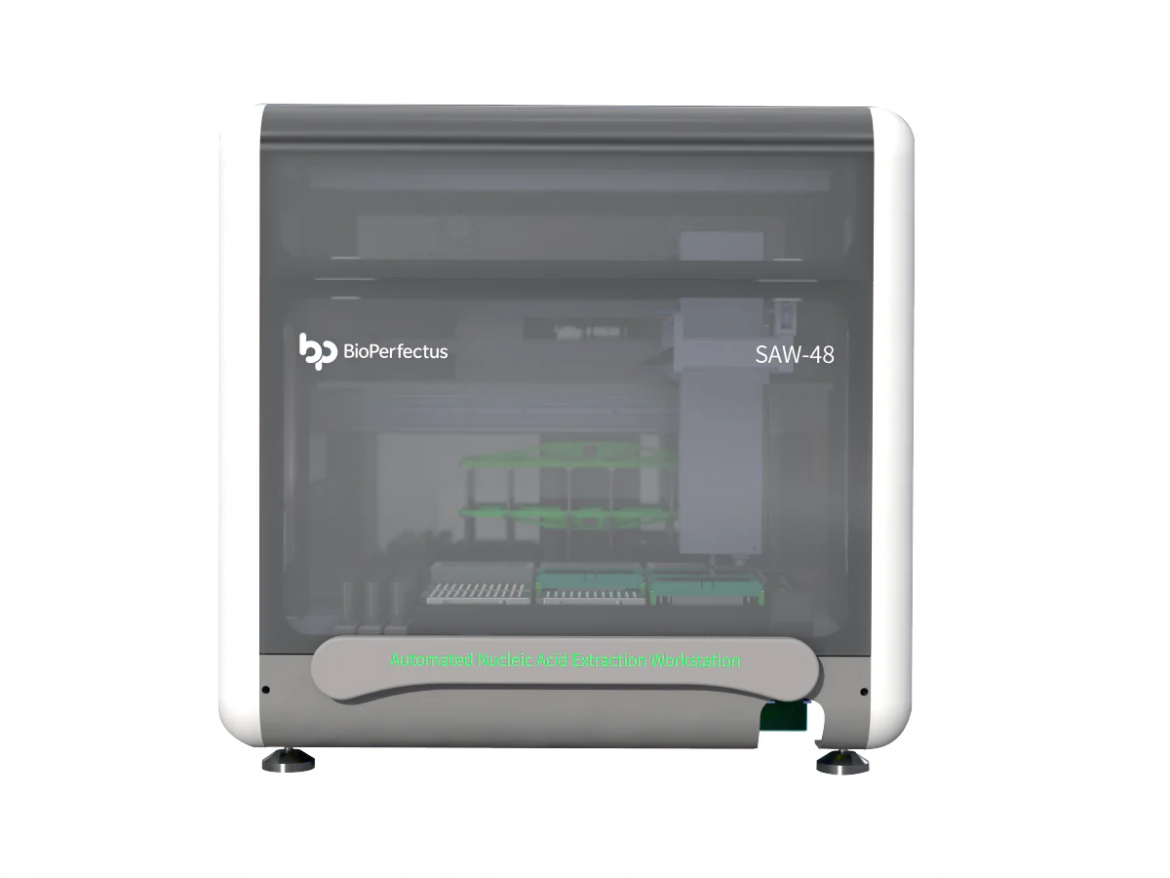A DNA extraction workstation serves a central role in modern molecular biology laboratories. This equipment, often an automated nucleic acid extraction workstation, is designed to perform the routine but critical process of purifying genetic material from various sample types. Its purpose extends beyond simple automation, focusing on improving the quality and reliability of the results.
Achieving Consistent Sample Processing
One primary function is to eliminate the variability introduced by manual techniques. When different technicians perform extractions, slight differences in timing or pipetting can affect outcomes. An automated nucleic acid extraction workstation executes the precise series of steps—lysis, binding, washing, and elution—in the same way for every sample. This uniformity is crucial for experiments where comparing genetic data across many samples is necessary.
Safeguarding Sample Integrity
These systems are engineered to protect samples from cross-contamination. Using disposable tips and a controlled, enclosed environment, a DNA extraction workstation minimizes the risk of transferring material between samples. This protection is especially important when working with low-abundance targets or when samples are precious and irreplaceable.
Enabling Higher Laboratory Efficiency
By handling the liquid handling tasks, these workstations free up skilled personnel for more complex analytical work. A single automated nucleic acid extraction workstation can process dozens of samples in the time it would take a person to manually prepare a few. This increase in throughput allows laboratories to accelerate their research timelines without compromising on the quality of the isolated DNA.
The implementation of a DNA extraction workstation from a provider like BPLabLine provides laboratories with a tool for obtaining pure genetic material consistently. This reliability supports a wide range of downstream applications, from PCR to sequencing, forming a solid foundation for scientific discovery.


